If you're anything like me you probably get excited about Halloween way too early. I usually make myself wait to start watching scary movies until after my birthday in late September. I know I'm basic, but I just love everything about Halloween.
I love carving pumpkins, watching scary movies, reading scary books and eating Panera Bread's Autumn Squash Soup. I just couldn't resist writing about something a little spooky this week. Every October I read The Crucible by Arthur Miller. Even though you might have seen the Winona Ryder movie, you probably don't know the terrifying history of the Salem witch trials.
Back in the colonial days, many Christians believed that the Devil could give certain people powers in return for their loyalty. In Europe, for 300 years tens of thousands of "witches" were executed. Just as this time was coming to an end, the Salem witch trials began.
In 1689 King William's War caused the citizens of upstate New York to seek refuge in Salem. This created trouble in the community. At the time, the people of Salem were already suspicious, given the communities disapproval of Salem's first ordained minister, Reverend Samuel Parris, who they believed to be greedy.
In 1692 the Reverend's daughter, Elizabeth, and niece, Abigail, started having irregular tantrums. They would scream and throw things and contort themselves into strange positions. Soon after, 11-year-old Ann Putnam experienced similar episodes. After doctors blamed the supernatural, the girls were under pressure by law administrators. They began blaming women for afflicting them.
The first to be accused was a slave named Tituba and two poor women, Sarah Good and Sarah Osborne. While Sarah Good and Sarah Osborne were claiming innocence, Tituba confessed to signing the Devil's book and claimed several other witches were in Salem.
Now it is widely believed that Tituba was scared and possibly beaten into telling them what they wanted to hear. All three women were put in jail.
After this, there was a steady stream of accusations. It began with people who were thought of as outcasts in society, but soon upstanding members of the community were being accused, such as Martha Corey, a member of the church.
Bridget Bishop, a woman known for being a gossip (ironically, given that the process of identifying "witches" began with rumors) was the first to be hanged on Gallows Hill, even though she plead not guilty.
People were being killed based on testimony about dreams and visions and the court ignored letters from respected ministers pleading with them to stop using this as legitimate evidence. The accused were forced to defend themselves and never given counsel.
Anyone who confessed was spared from death, while those who claimed to be innocent were killed. Even a previous Salem minister was accused of being the ringleader.
It wasn't until the governor's wife was accused of witchcraft, that the arrests stopped and the accused were realized from prison. By 1693, 19 people had been hanged on Gallows Hill, an elderly man had been pressed to death with stones, several had died in prison and nearly 200 men, women and children had been accused of witchcraft.
Massachusetts did not formally apologize for the events until 1957.
There are many theories surrounding the Salem witch trials. Why were so many respected people allowing this to happen? What really happened to the young girls?
Some theories claim that the crops had been contaminated with a fungus that caused muscle spasms and hallucinations. Others believe that they were having fits of temper due to child abuse. Obviously, many people were wrongfully accused of witchcraft in Salem.
But that leaves us with the question, were there ever really any witches in Salem?

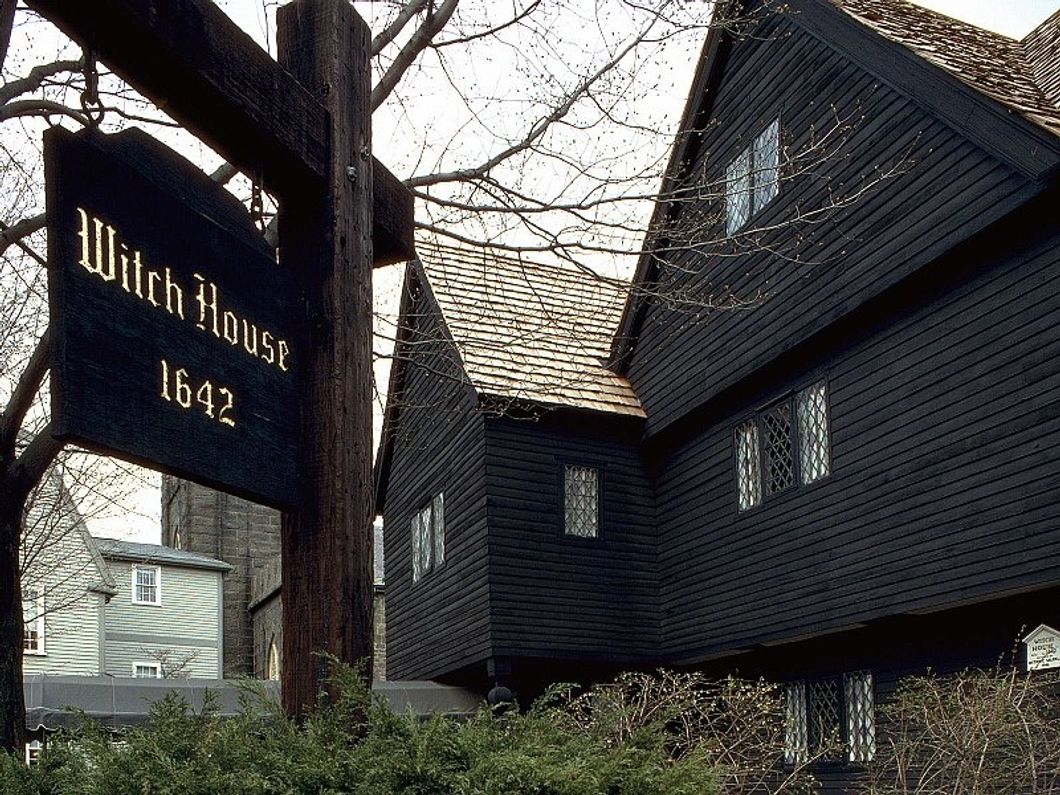
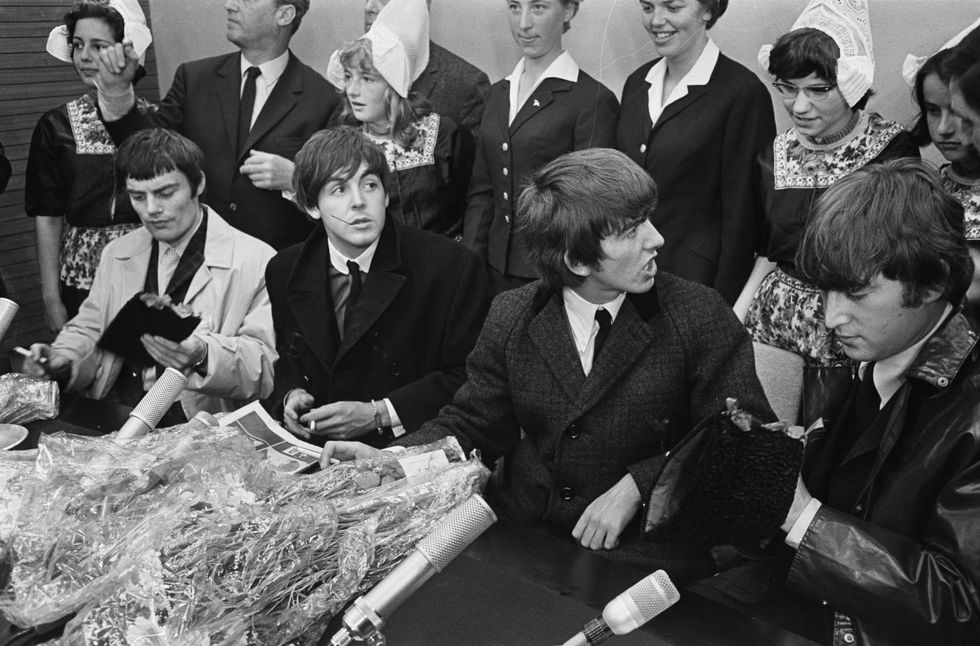
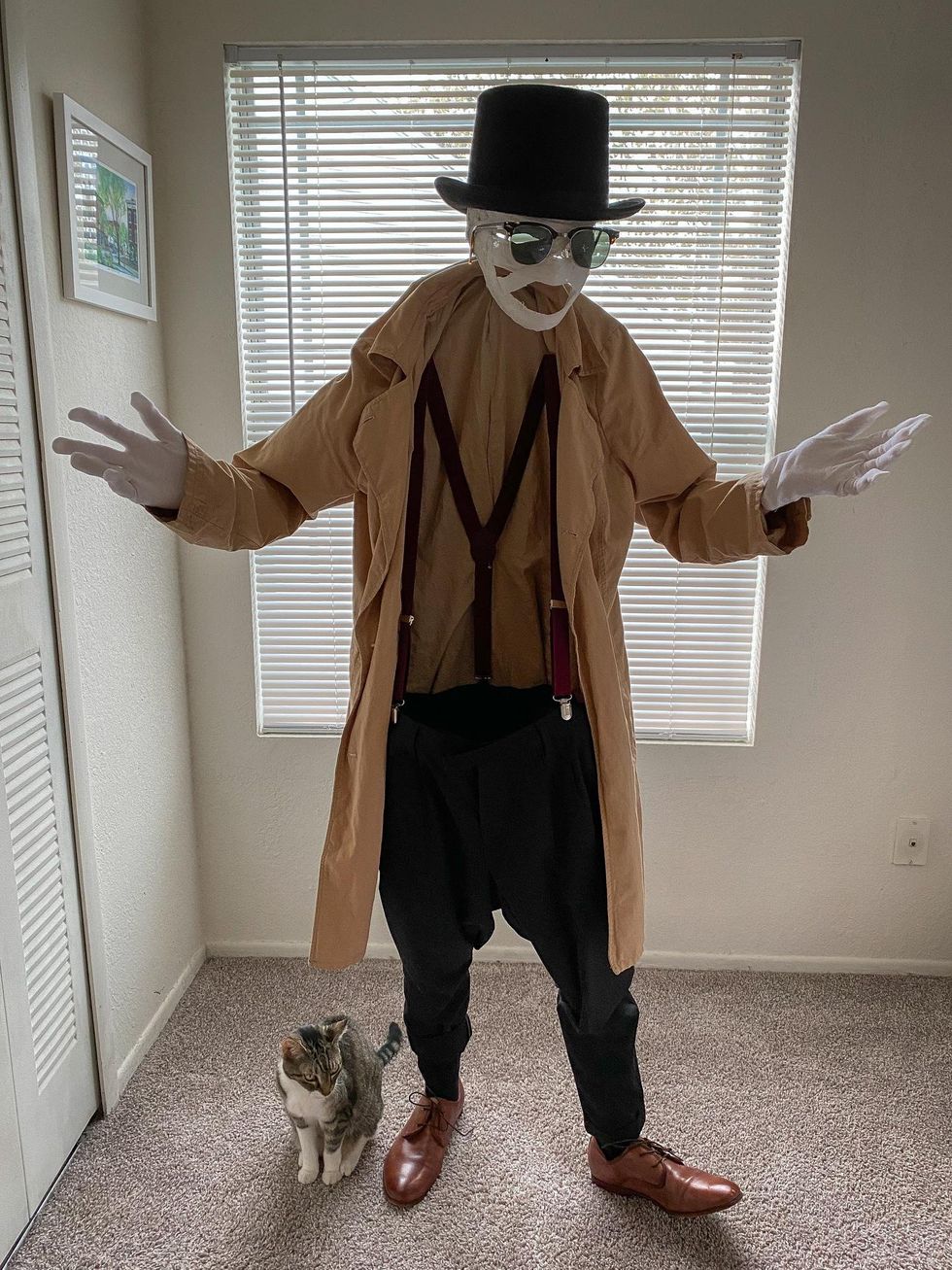
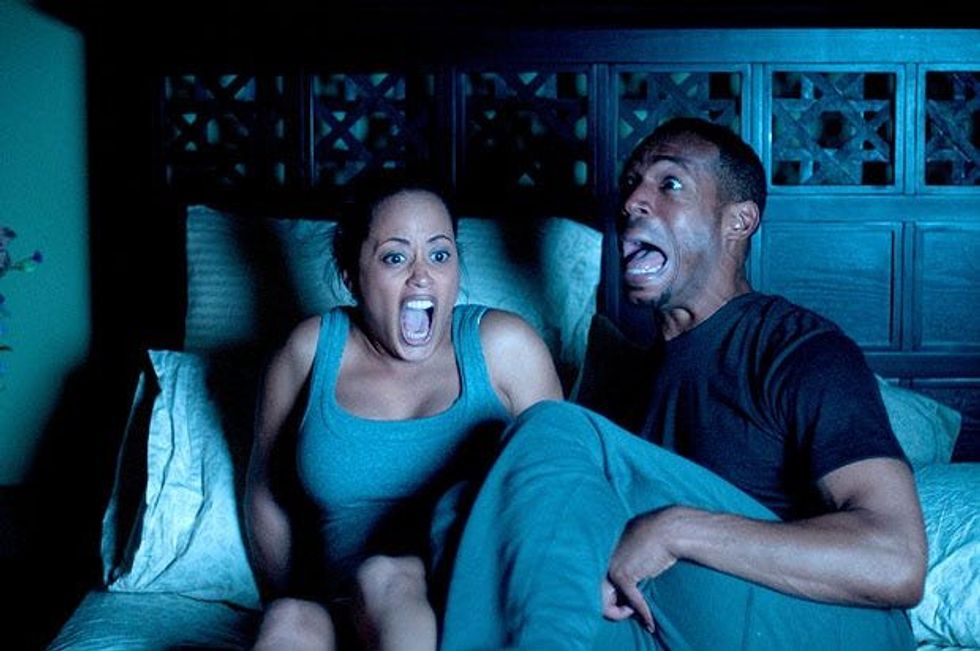
 Going to the cinema alone is good for your mental health, says science
Going to the cinema alone is good for your mental health, says science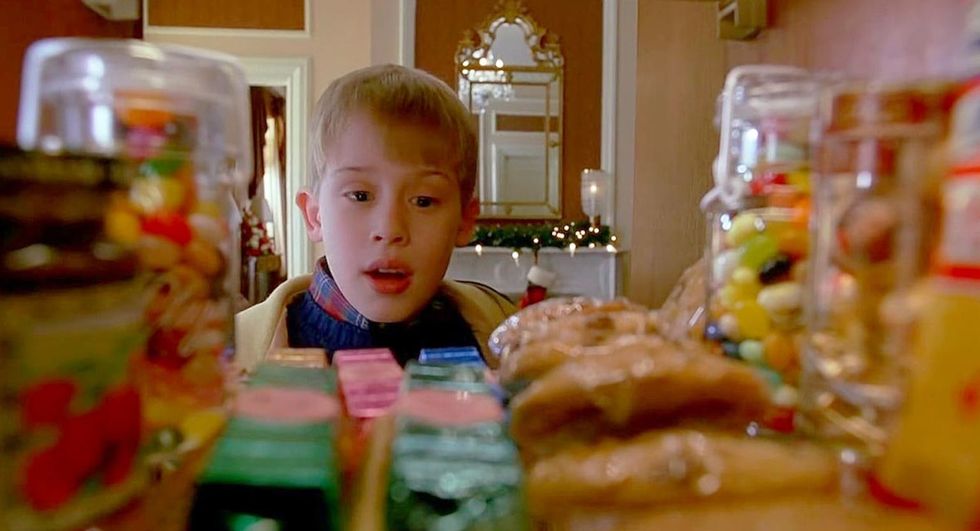
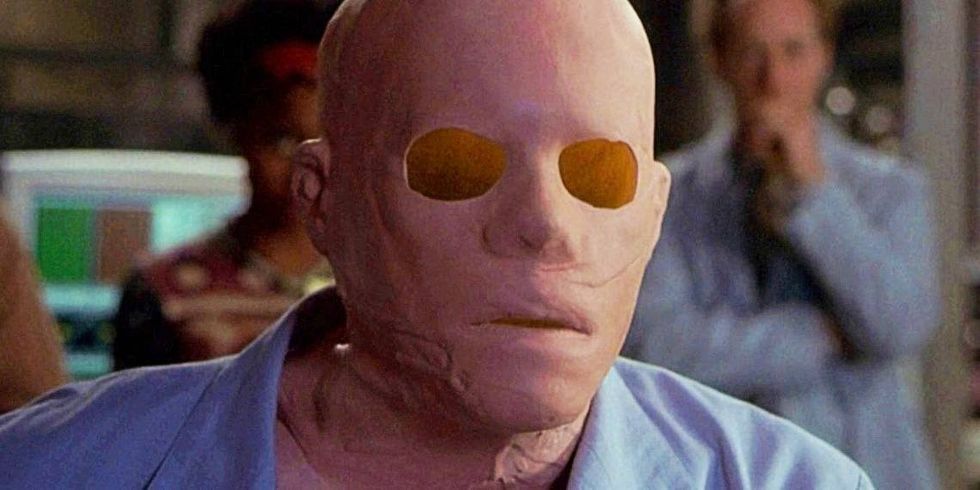
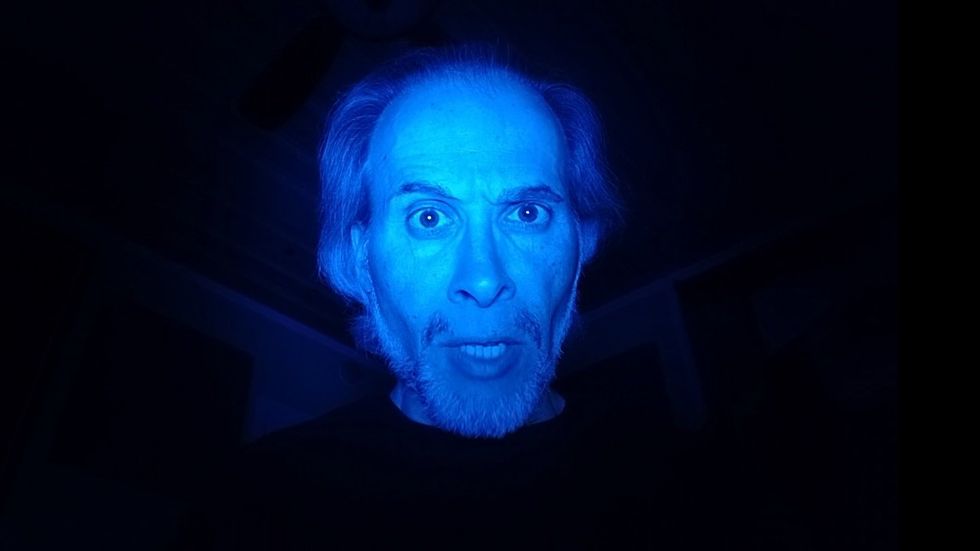
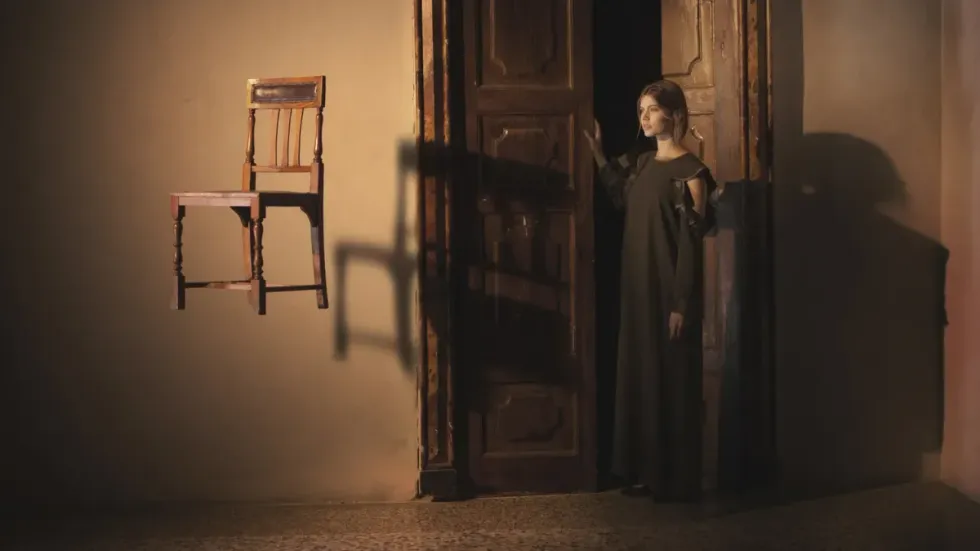


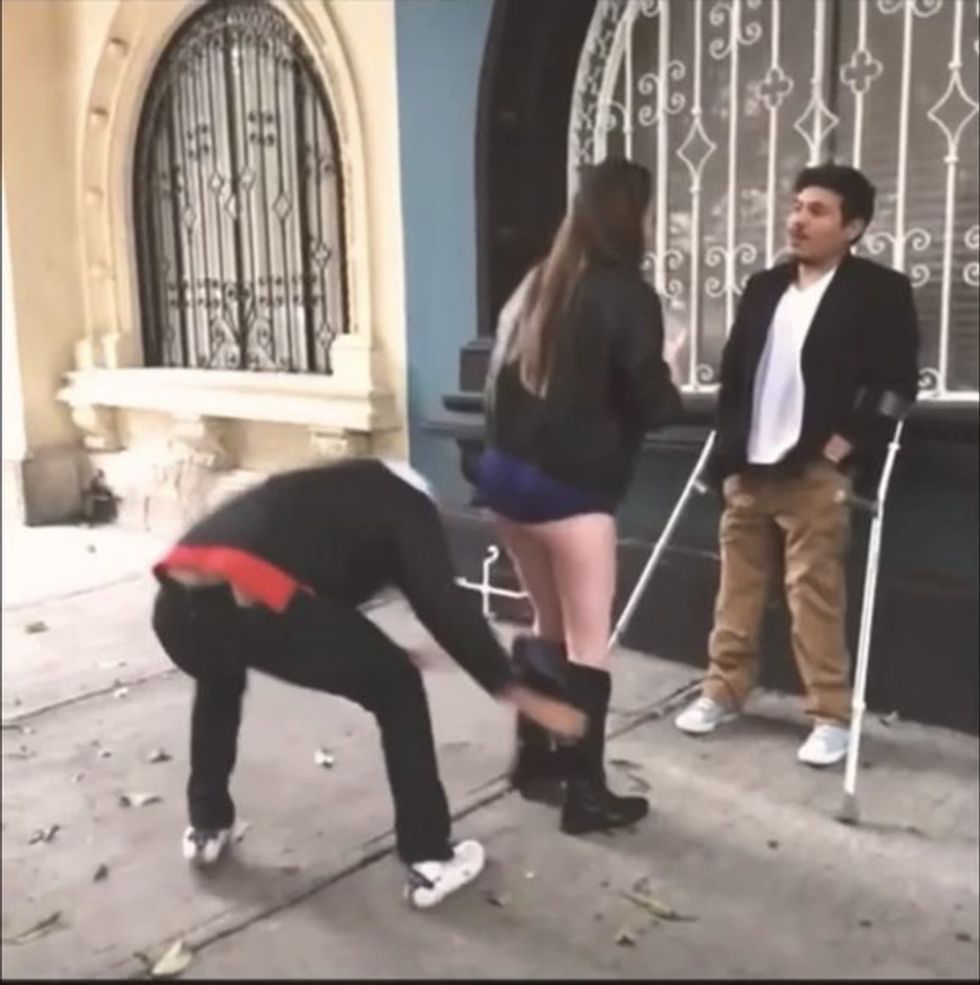


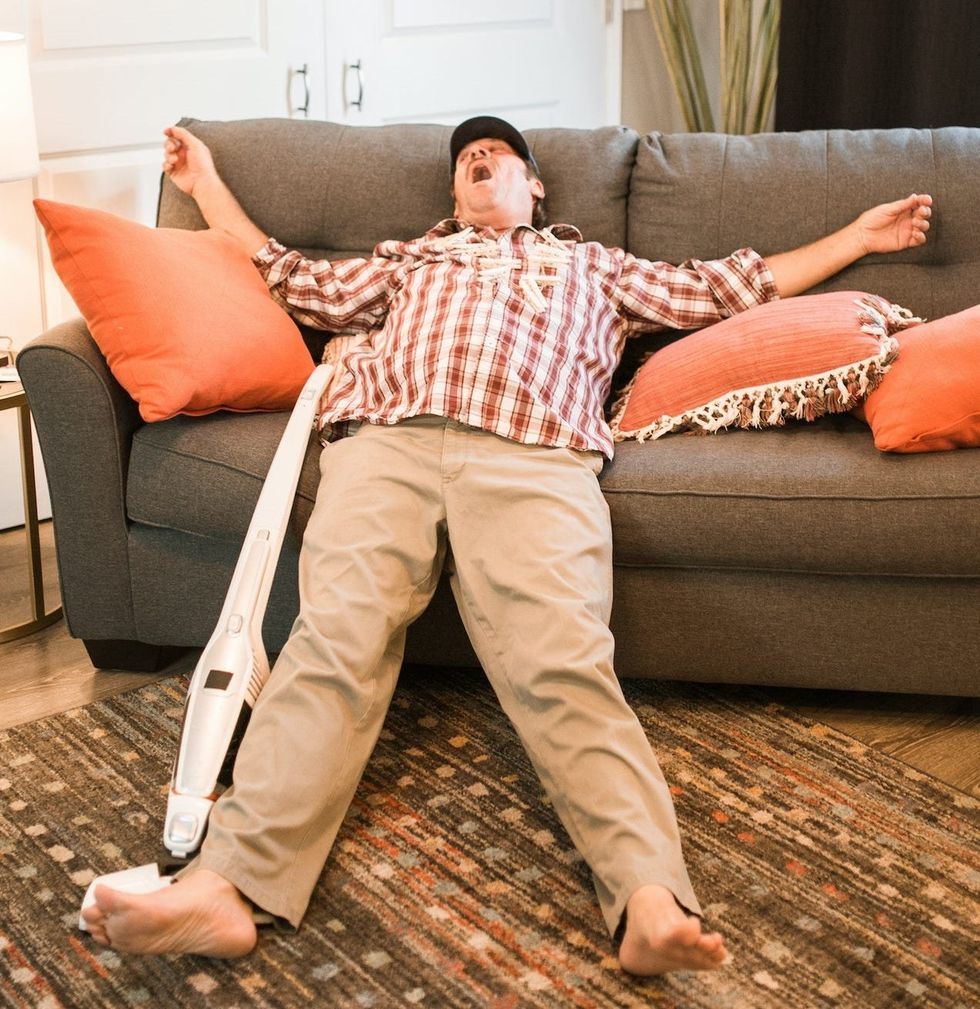
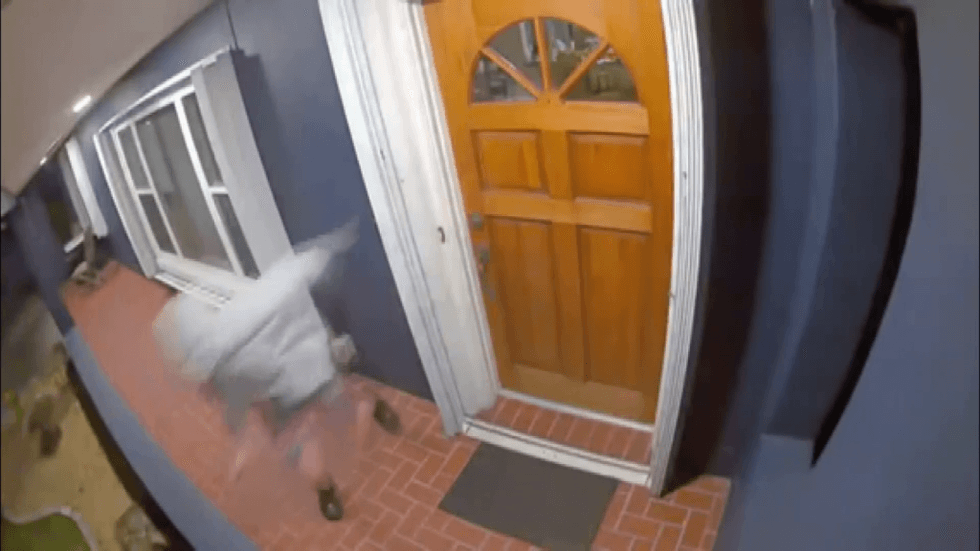


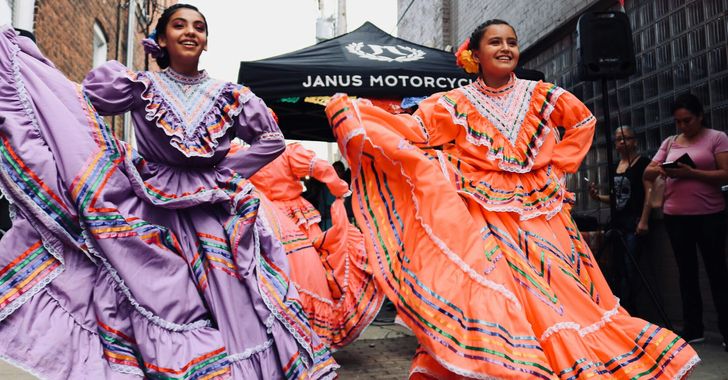 women in street dancing
Photo by
women in street dancing
Photo by  man and woman standing in front of louver door
Photo by
man and woman standing in front of louver door
Photo by  man in black t-shirt holding coca cola bottle
Photo by
man in black t-shirt holding coca cola bottle
Photo by 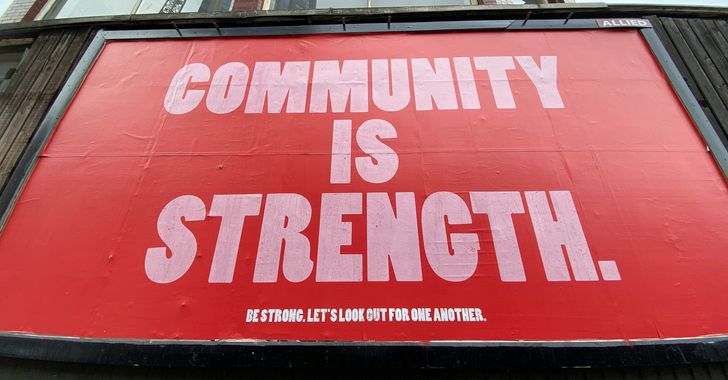 red and white coca cola signage
Photo by
red and white coca cola signage
Photo by 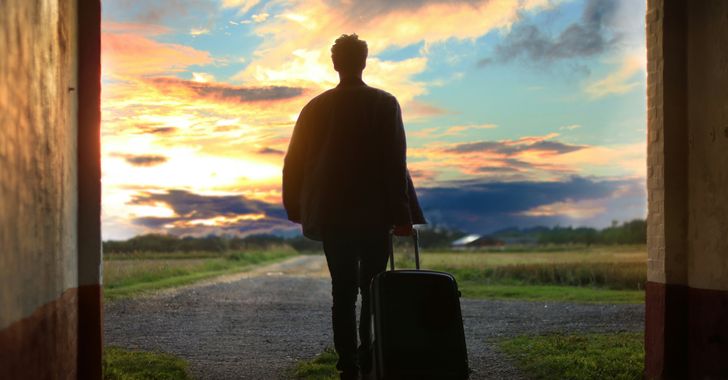 man holding luggage photo
Photo by
man holding luggage photo
Photo by  topless boy in blue denim jeans riding red bicycle during daytime
Photo by
topless boy in blue denim jeans riding red bicycle during daytime
Photo by  trust spelled with wooden letter blocks on a table
Photo by
trust spelled with wooden letter blocks on a table
Photo by 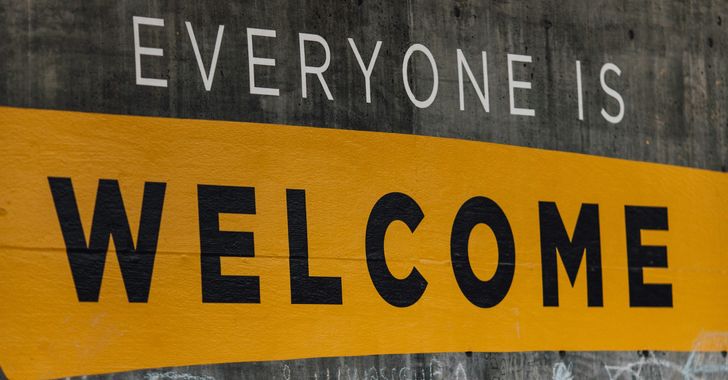 Everyone is Welcome signage
Photo by
Everyone is Welcome signage
Photo by 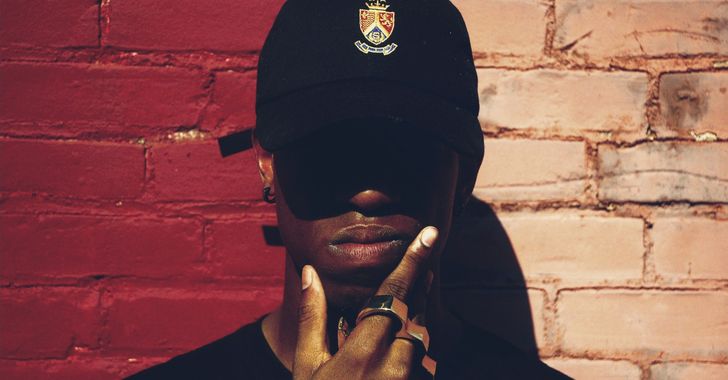 man with cap and background with red and pink wall l
Photo by
man with cap and background with red and pink wall l
Photo by  difficult roads lead to beautiful destinations desk decor
Photo by
difficult roads lead to beautiful destinations desk decor
Photo by 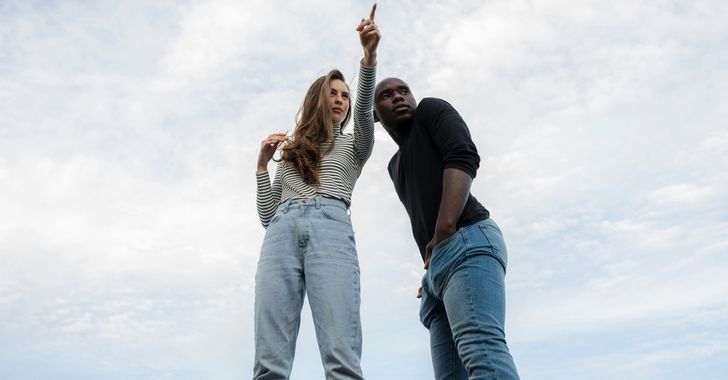 photography of woman pointing her finger near an man
Photo by
photography of woman pointing her finger near an man
Photo by  closeup photography of woman smiling
Photo by
closeup photography of woman smiling
Photo by 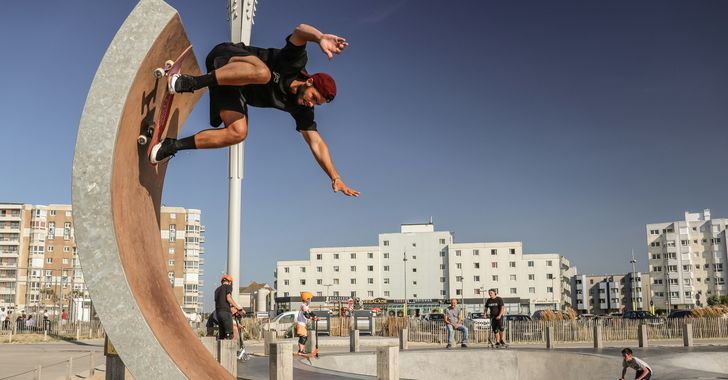 a man doing a trick on a skateboard
Photo by
a man doing a trick on a skateboard
Photo by  two men
two men  running man on bridge
Photo by
running man on bridge
Photo by  orange white and black bag
Photo by
orange white and black bag
Photo by  girl sitting on gray rocks
Photo by
girl sitting on gray rocks
Photo by  assorted-color painted wall with painting materials
Photo by
assorted-color painted wall with painting materials
Photo by  three women sitting on brown wooden bench
Photo by
three women sitting on brown wooden bench
Photo by 
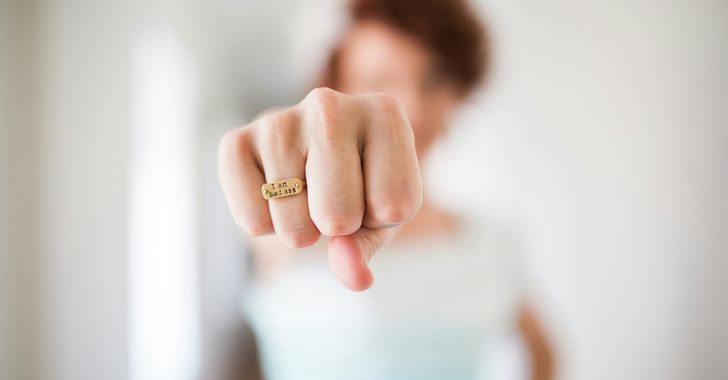 Photo by
Photo by  Photo by
Photo by 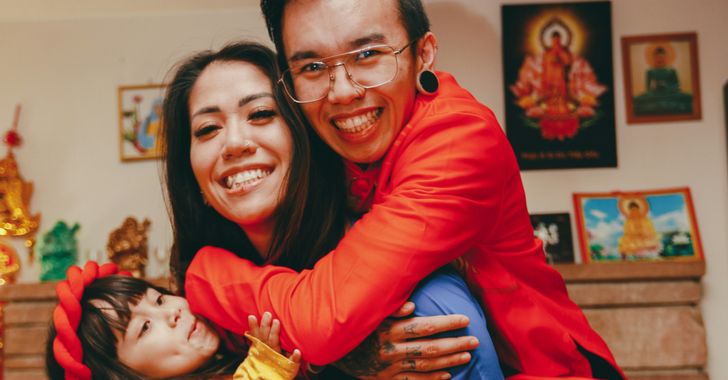 Photo by
Photo by  Photo by
Photo by 

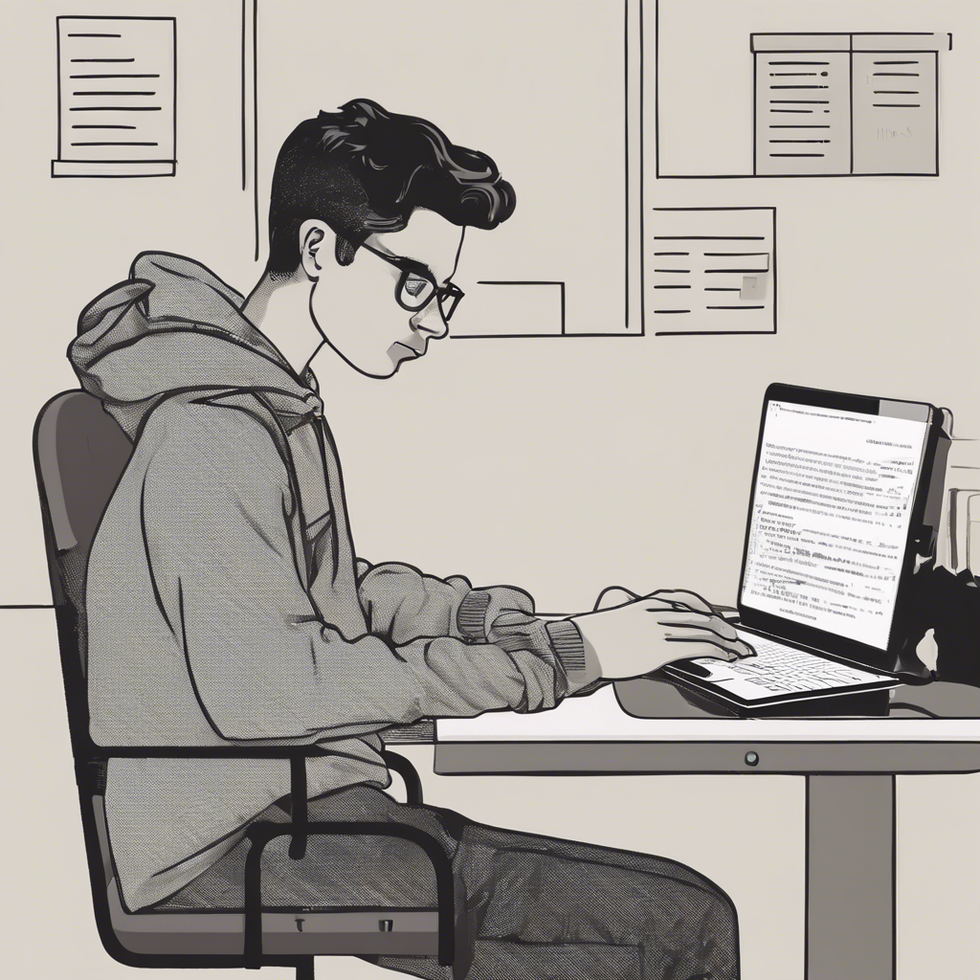
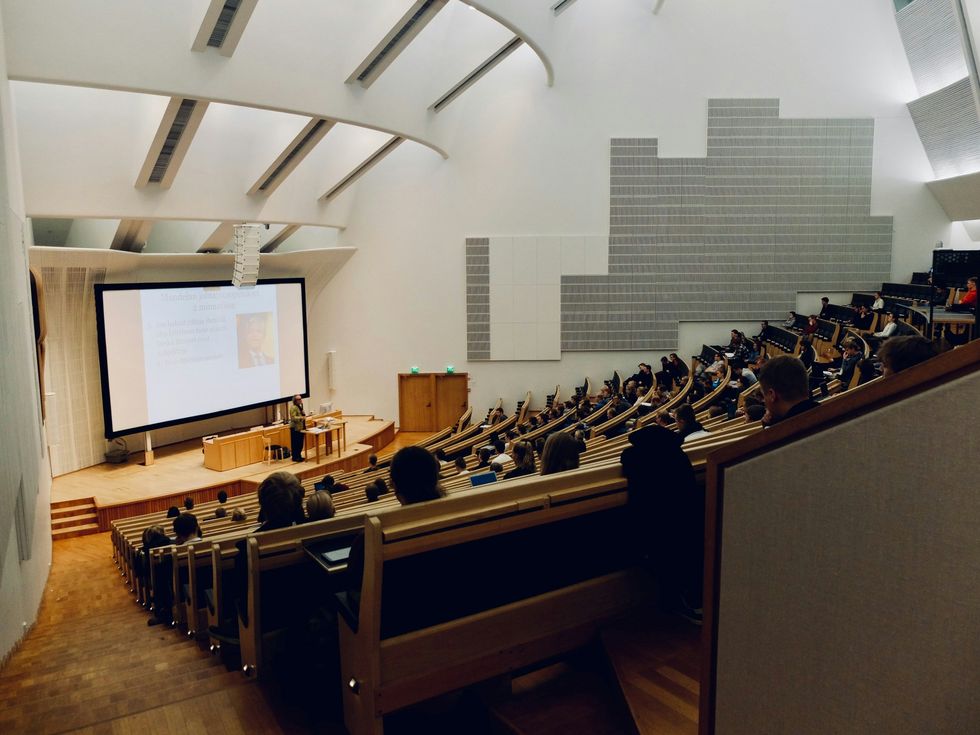 people sitting on chair in front of computer
people sitting on chair in front of computer









